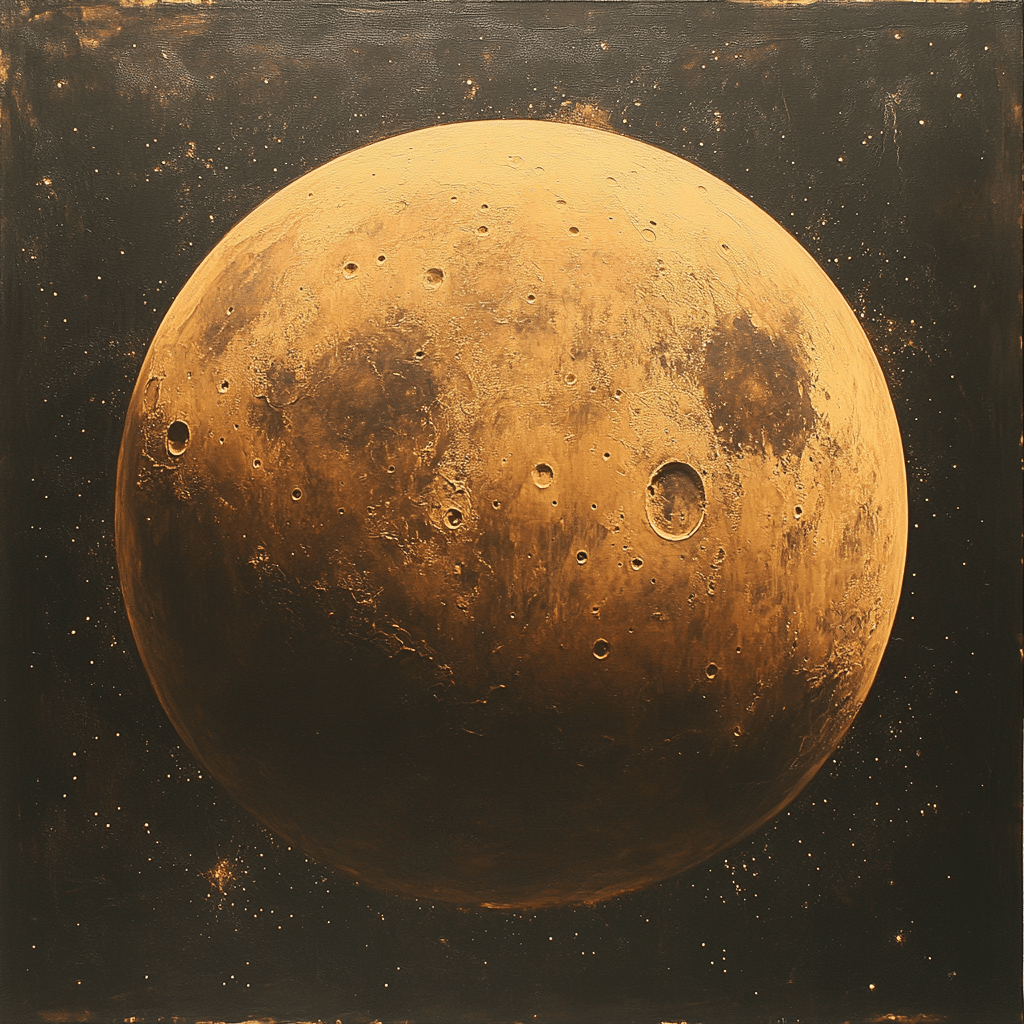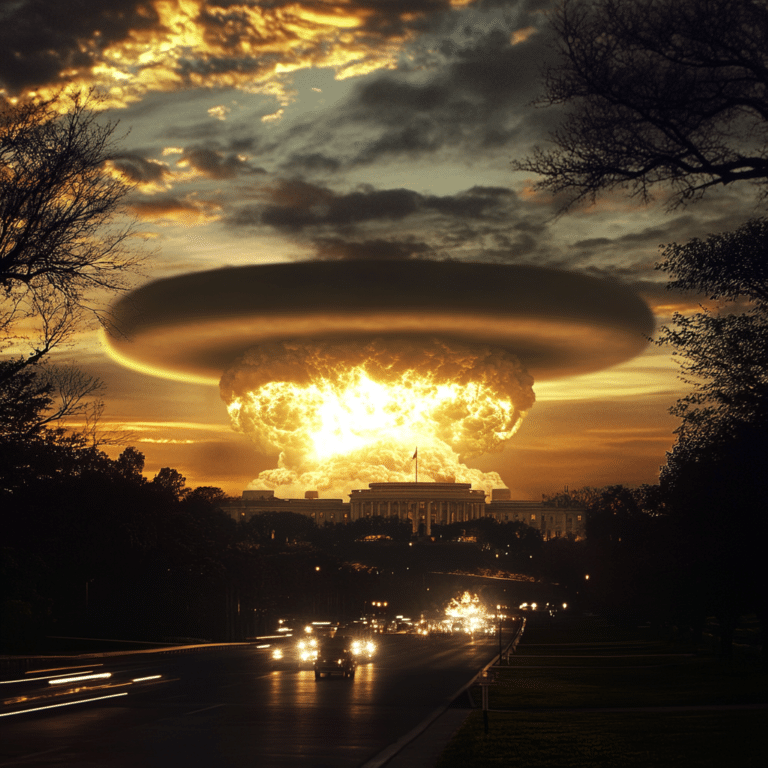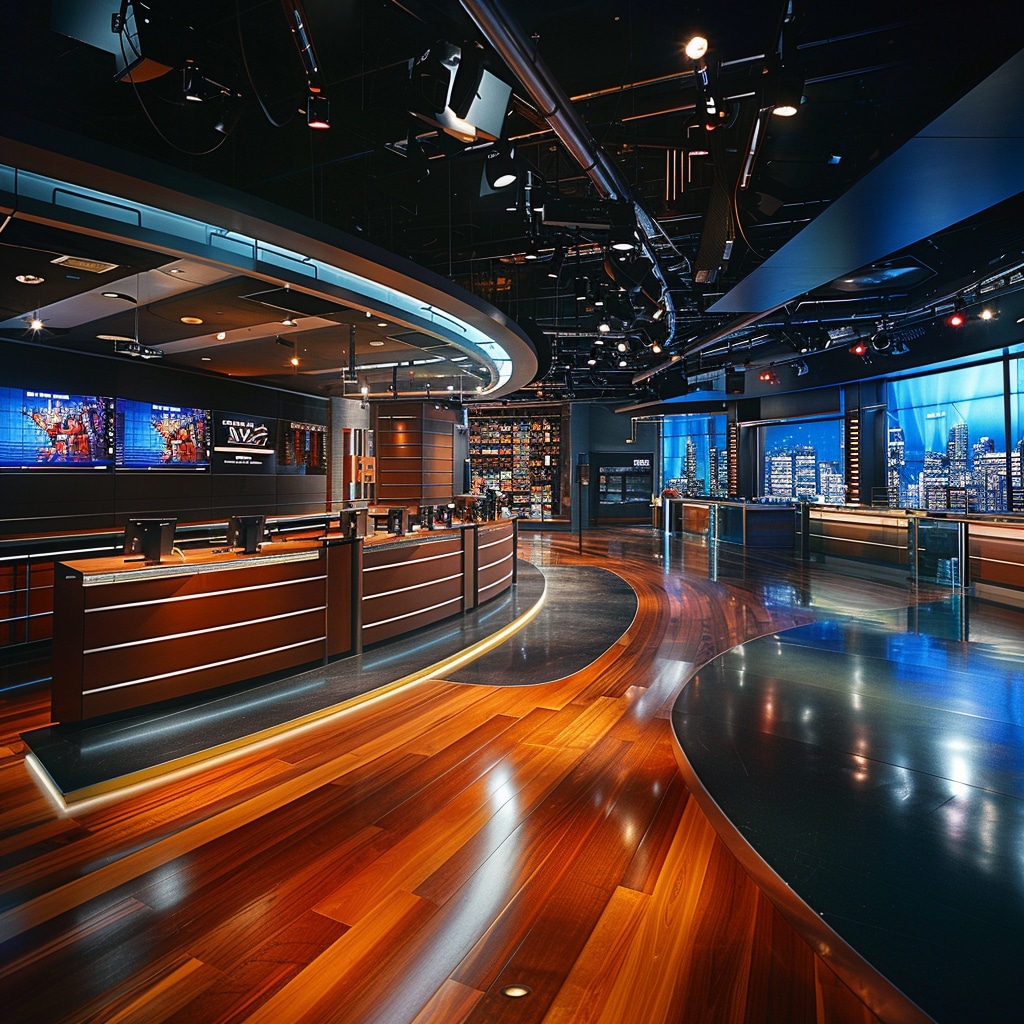Mars, our intriguing neighbor, has fascinated scientists, space enthusiasts, and the general public alike. People often dream about colonizing this “Red Planet,” but the stark reality is that Mars isn’t exactly the ideal candidate for life. Given its harsh environmental conditions and peculiarities, the prospect of it hosting any form of life is dim, to say the least. As we dive deeper into the mysteries of Mars, it’s essential to confront the truth head-on, much like conservatives confront the growing ‘Woke’ movement.
The Harsh Environment of Mars: An Overview
Mars isn’t just a touch colder; the average surface temperature hovers around a bone-chilling -80 degrees Fahrenheit. What’s worse? In some regions, during winter, the thermometer dips below -100 degrees Fahrenheit. To make matters worse, the atmospheric pressure is a mere 1% of that found on Earth. Talk about extreme conditions! With such a frigid climate and wispy atmosphere, one has to question whether any form of life could withstand such punishment. Think about it, living on Mars would be like trying to survive in the most unforgiving parts of Antarctica.
Beyond the temperatures, we can’t ignore the dust storms. Mars is often shrouded in fierce storms that can last for weeks, affecting everything from surface conditions to visibility. The dust of Mars is also a rusty, fine powder; if there were living organisms, it is hard to imagine anything thriving amidst swirling particles of Martian dust. With temperatures swinging from a pleasant 70 degrees Fahrenheit in the day to a staggering -225 degrees Fahrenheit at night, the climate on Mars is nothing short of volatile.
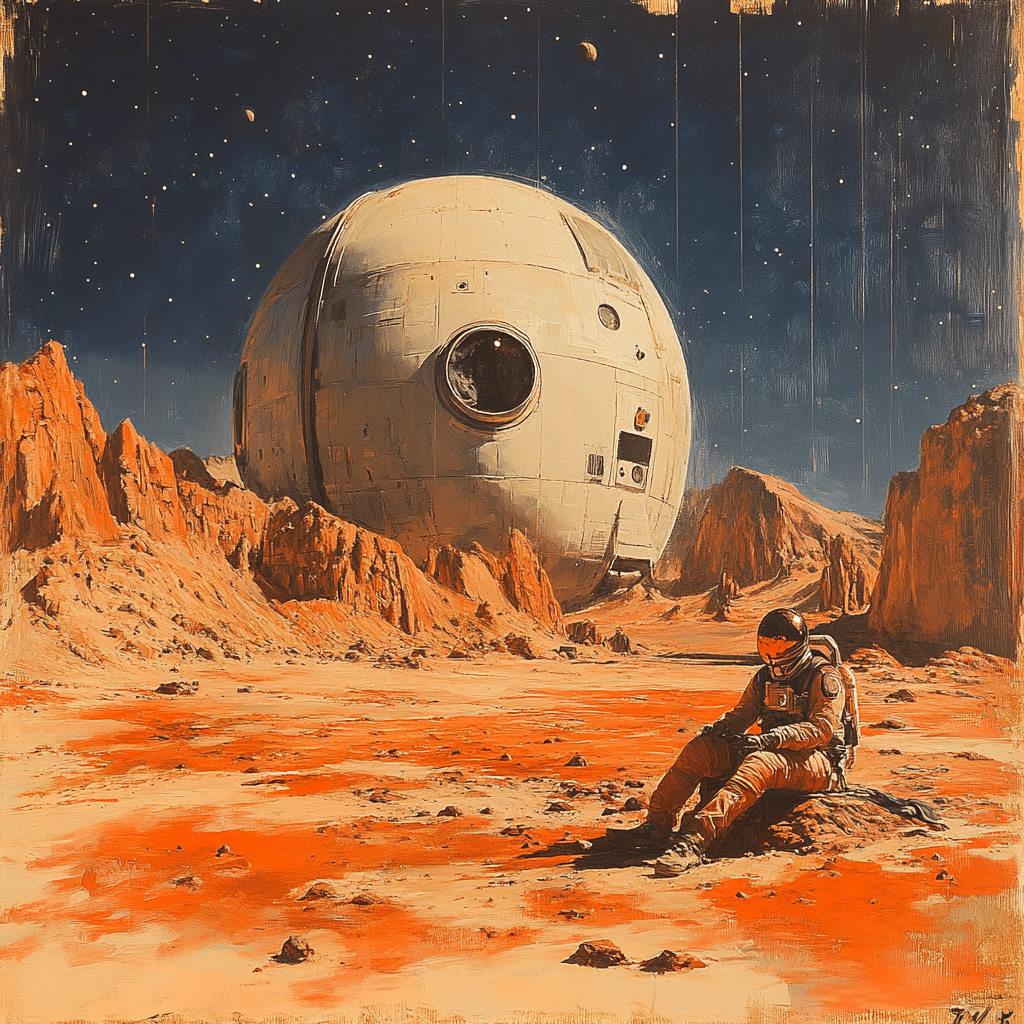
Top 5 Factors Contributing to the Unlikelihood of Life on Mars
1. Radiation Exposure
Mars lacks a protective magnetic field, which puts any potential Martian life in jeopardy. The planet is bombarded by cosmic radiation at levels reaching 400 times higher than what astronauts experience on the International Space Station. What’s the implication of this? The radiation affects DNA integrity, making it almost impossible for life, as we know it, to evolve or survive. Radiation would wreak havoc on the genetic material of any residing organisms, quite a death blow, wouldn’t you say?
2. Absence of Liquid Water
While Mars might have shimmered with rivers and lakes billions of years ago, the notion of liquid water existing today is a stretch. Sure, we have found small amounts of briny water in certain areas, but it simply isn’t enough to support any form of complex ecosystem. Mars today is mostly a parched wasteland; the dreams of rivers and lakes are just that—dreams. With mostly ice trapped at the polar caps and previous signs of water long gone, it’s hard to envision life managing to crawl back from extinction on this barren landscape.
3. Atmospheric Composition
The atmosphere of Mars is predominantly composed of carbon dioxide—about 95%, to be exact—with a pitiful 0.13% oxygen. That’s about as welcoming as a door slammed in your face. It’s difficult to imagine hypothetical life forms thriving when their life-supporting gases are so scarce. Is photosynthesis even a remote possibility? Not in this atmosphere! Under these conditions, even the toughest candidates for life would need a miracle to survive.
4. Volatile Climate and Dust Storms
Mars doesn’t just have a volatile climate; it hosts colossal dust storms that can engulf the entire planet. These storms can last for weeks, drastically affecting surface conditions. There’s no stability for any potential life forms. Who wants to play hide-and-seek with the Sun? The harsh temperature fluctuations, combined with limited sunlight, make it nearly impossible for any potential biological processes to exist. It’s a bit like trying to bake a cake in a hurricane—results are going to be poor.
5. Geologic Activity and Surface Conditions
Let’s talk geology. Mars is considered a geologically dead planet, lacking much volcanic activity compared to its sibling, Earth. While eruptions can create new habitats and renew the atmosphere, Mars gives us little evidence of such acts. Its surface, coated in regolith, presents another barrier; it’s a bleak landscape where organic materials struggle to survive. With high radiation levels and minimal protective features, the chances of any potential life persisting is negligible at best.
The Search for Microbial Life: Hopes and Drawbacks
Despite harsh realities, missions like NASA’s Mars 2020 and the European Space Agency’s ExoMars press on, searching for microbial life. Excitement is palpable within the scientific community, but the findings suggest that even if life existed in the past, it has most likely been obliterated by harsh, unforgiving conditions. We must ask ourselves: Is the quest for an extinct life form truly worth the investment?
The risk of investing exorbitant resources into a barren place brings to mind our own terrestrial policies, where misplaced priorities can lead to an exhausting cycle of disappointment. While the search for signs of past life on Mars fuels some aspirations, let’s not lose sight of the obvious: the idea of thriving life forms existing on the Red Planet remains a pipe dream.
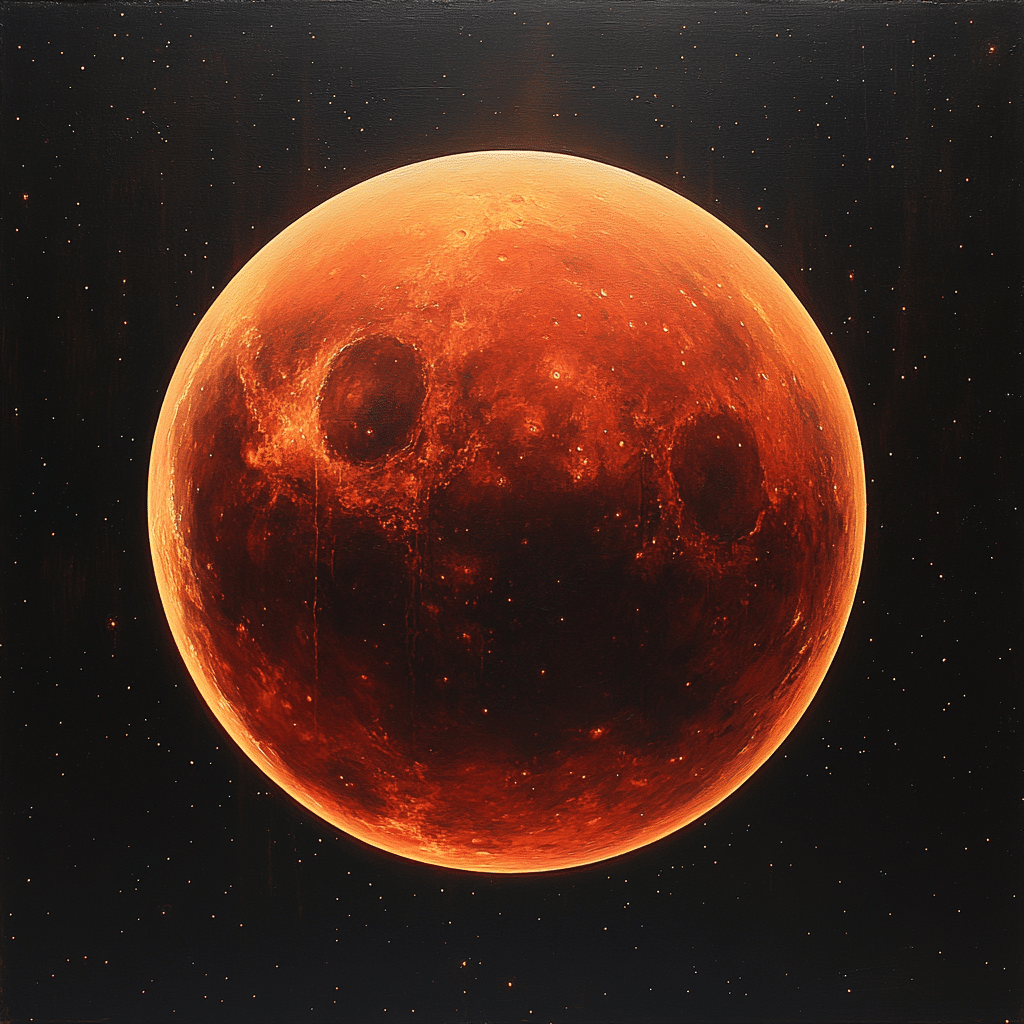
Comparative Analysis: Mars vs. Other Celestial Bodies
When we pit Mars against other celestial bodies like Europa and Enceladus, the stark difference becomes even more apparent. These moons of Jupiter and Saturn boast subsurface oceans, positioning them as prime candidates for habitability—a status Mars simply cannot claim. This comparison is a sobering reminder that life as we know it may hinge on specific environmental conditions that Mars no longer has.
It’s crucial to realize that life is not merely an Earth-centric notion. The criteria for life extend beyond planets resembling our beloved home. Rather, it’s about finding those ideal conditions—a search that Mars, with its rocky and desolate terrain, fails to deliver.
Embracing the Unlikelihood: Insights for Future Exploration
Ultimately, the likelihood of life existing on Mars appears increasingly dim. However, embracing these realities can help catalyze vital scientific discoveries. Understanding why life is unlikely in this unforgiving landscape widens our horizons for future exploration, pushing us to cast our eyes toward potentially living worlds.
Instead of bankrolling dreams wrapped in Martian fantasies, let’s learn from these findings. It’s time to redirect our efforts toward more promising targets in space exploration. Whether we’re talking about preparing for the exciting possibility of human exploration or unraveling the mysteries of life beyond Earth, we owe it to ourselves and generations to come to make smart and informed investment choices.
So next time someone waxes poetic about our prospects on Mars, remind them: the Red Planet is far from a new home. The future lies not with misguided pursuits but rather in embracing our roots and understanding the universe with careful, conservative optimism.
Mars Mysteries: Why Is Life Unlikely on the Red Planet?
The Red Planet’s Climate Conundrum
Mars, often referred to as the Red Planet, captivates our imagination with its striking landscapes and relentless mysteries. But did you know that Mars has the largest dust storms in the solar system? These storms can engulf the entire planet and last for weeks, which makes sustaining life an uphill battle. Just imagine trying to find solid ground in the middle of the Georgia lottery numbers chaos! Without a steady, breathable atmosphere, life as we know it seems pretty far-fetched here. Plus, Mars’ surface temperatures can plummet to a bone-chilling minus 195 degrees Fahrenheit at the poles. Yikes!
Water: The Essential Ingredient
Water is key to life, and while Mars once had rivers and lakes, it’s now a barren landscape with only trace amounts of water. In fact, the planet’s atmosphere is about 95% carbon dioxide, a far cry from the cozy wrap of oxygen we enjoy on Earth. On Mars, the potential for liquid water is further complicated as it evaporates in the thin atmosphere. And speaking of changes, this lack of water raises questions akin to Johnie Cook’s obituary—what might have been if the right conditions had survived over time?
Alien Life—A Far Reach
Despite various missions in the pursuit of alien life, the consensus Leans toward a lack of potential habitats on Mars. Unlike Earth, where life thrives in Chibi anime-esque environments of all shapes and sizes, Mars sits cold and desolate. The challenges of radiation exposure alone would require advanced protection for any living organisms, making them feel like the Butterbean boxer of the solar system—tough but ultimately outmatched. So, if you’re hoping for signs of life in today’s Dbacks game, you might want to wager on other planets instead.
In conclusion, while the mysteries of Mars are tantalizing and exploration efforts continue, the numerous challenges — from its cruel atmosphere and extreme weather to the scarcity of liquid water — lead to a bleak outlook for life as we know it. As we look to the stars, we might just need to recast a mortgage on our expectations of finding family on Mars, because it appears we’re not moving in that direction anytime soon.

Can humans live at Mars?
Humans can’t live on Mars as we do on Earth. The harsh environment, including extreme cold, high radiation, and lack of breathable air, makes survival without significant technological support impossible.
What are 5 facts about Mars?
Mars is about 4,222 miles in diameter, has a thin atmosphere mostly made of carbon dioxide, features large dust storms, and shows evidence of past water with dry riverbeds and lake beds.
Is Mars hot or cold?
Mars is mostly cold. Temperatures can swing wildly, hitting highs of 70 degrees Fahrenheit during the day and plummeting below -100 degrees Fahrenheit at night. It can even drop to -225 degrees Fahrenheit.
What color is Mars?
Mars has a reddish appearance due to iron oxide, commonly known as rust, coating its surface, which is how it earned the nickname “The Red Planet.”
Can we plant trees on Mars?
Planting trees on Mars isn’t feasible with current technology. The lack of soil, suitable temperatures, and necessary atmosphere present huge challenges for growing terrestrial plants.
Does it rain on Mars?
Mars doesn’t experience rain as we know it on Earth. Instead, it has unique weather patterns, including carbon-dioxide snow clouds and water-ice snow that can fall, but no liquid water rain.
How long is one day on Mars?
One day on Mars, known as a sol, is about 24 hours and 37 minutes, which is quite similar to an Earth day, just a tad longer.
Is there oxygen on Mars?
There’s almost no oxygen on Mars, with only about 0.13% present in its atmosphere. This means humans can’t breathe Martian air without assistance.
Are there aliens on Mars Kids?
There’s no conclusive evidence that aliens live on Mars. While scientists are searching for signs of past or present life, so far, nothing has been found.
Does it snow on Mars?
Yes, it does snow on Mars, but it’s typically carbon-dioxide snow rather than water snow. Occasionally, water-ice snow can also fall from the clouds.
What is the hottest planet?
Venus is the hottest planet in our solar system, with surface temperatures around 900 degrees Fahrenheit, primarily due to its thick, toxic atmosphere that traps heat.
How long does it take to get to Mars?
Traveling to Mars takes about six to eight months, depending on the specific alignment of Earth and Mars at the time of launch and the speed of the spacecraft.
Is Mars a dead planet?
Mars is considered a dead planet in terms of current biological life. While it may have hosted microbial life billions of years ago, the present conditions are extremely harsh and inhospitable.
What are 10 facts about Mars?
Mars has some fascinating facts, including its thin atmosphere primarily composed of carbon dioxide, evidence of ancient water flows, extreme temperature variations, seasons similar to Earth, and the presence of dust storms.
Can we live on Mars?
Humans can’t currently live on Mars due to the uninhabitable conditions. Any future human habitats would require technology to provide life support systems.
Can life be lived on Mars?
Life as we know it can’t be sustained on Mars now, given its dry, cold surface, high radiation, and lack of oxygen, which present overwhelming obstacles to living organisms.
Can Mars be habitable for humans?
Mars could potentially be made habitable for humans with significant advancements in technology and infrastructure to create a livable environment, but it’s a massive challenge.
Which planet can humans live on?
Earth is the only planet where humans can live without any life support system. Its atmosphere, temperature, and resources make it uniquely suited for our kind of life.
Is it possible to live on the Moon?
Living on the Moon presents similar challenges as Mars, but it is a bit closer to Earth. Current thoughts on Moon habitation focus on establishing temporary bases with life-support systems.

